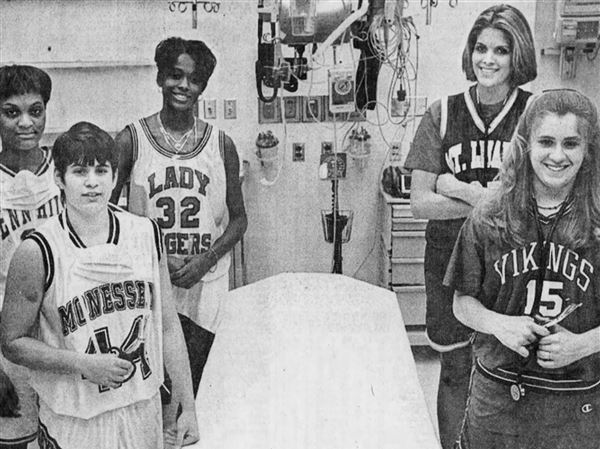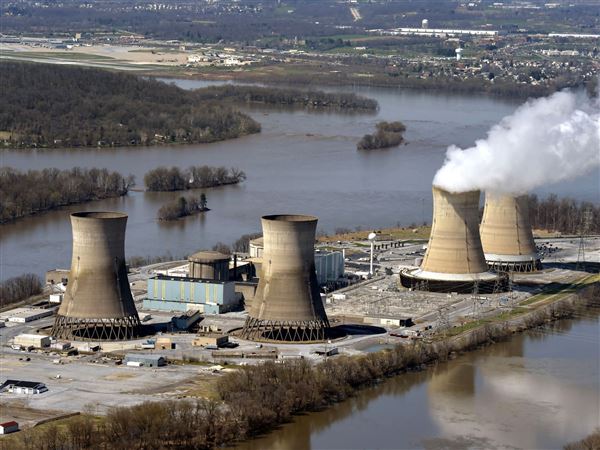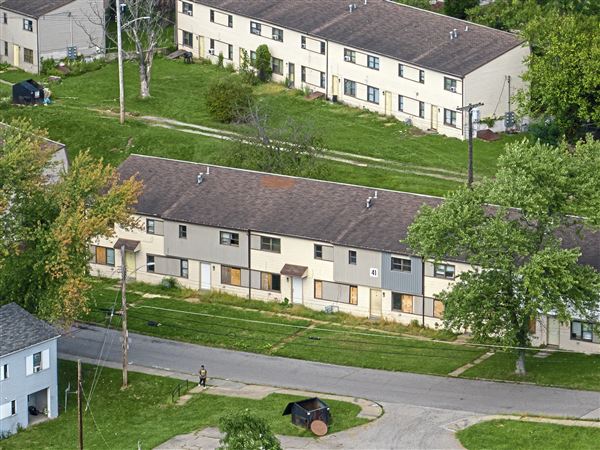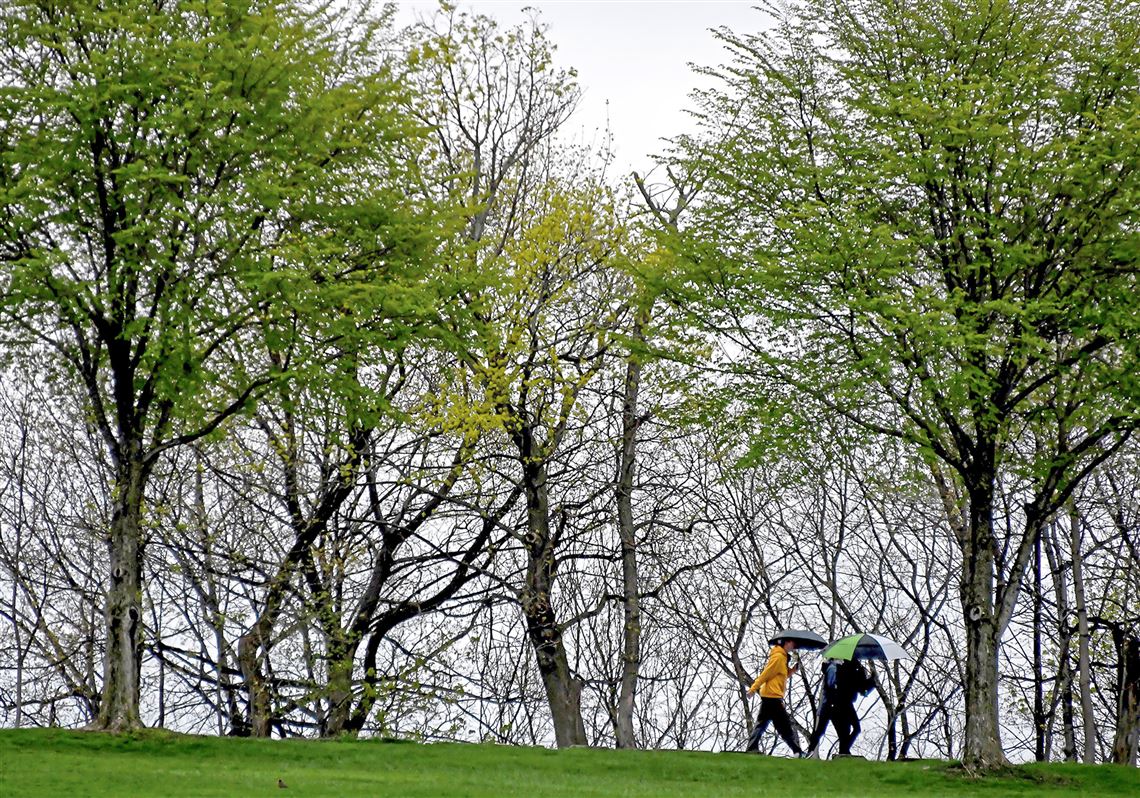Pittsburgh’s trees have long held the short end of the stick, but that may change soon with the city’s participation in an innovative national program aimed at increasing coverage of thinning urban forest canopies.
The “Reforestation Hub” program by Cambium Carbon, in partnership with the Arbor Day Foundation, the city’s planning and public works departments, and community organizations, seeks to use wood from cut and storm-downed trees now discarded in landfills to produce products and generate revenue to maintain existing urban forested areas and buy and plant new trees.
According to a news release from Mayor William Peduto’s office Monday, the city lost 6.2% of its tree canopy between 2010 and 2015, reducing leafy coverage of the urban landscape to approximately 36%.
“City governments need to find new sources of funding to recover from the pandemic and providing healthy, accessible outdoor open spaces has proven critically important for the health of our residents over the last nine months,” Mr. Peduto stated in the release. “The City of Pittsburgh is very excited for this timely opportunity to explore new methods of ecological and financial resilience that seek to enhance our tree canopy and greenspaces to improve resident well-being.”
Pittsburgh was selected by Cambium Carbon, along with Denver, Eugene, Ore., and New York City, from among 35 urban applicants to participate in the pilot reforestation program, which is funded by The Nature Conservancy and other foundation grants.
“These pilots are step one in building a circular economy for urban forestry,” said Marisa Repka, Cambium Carbon co-founder. “We’re excited to work with our city partners to make the case for infrastructure and policy that will improve resource efficiency, create new jobs, and foster community resilience.”
Urban trees can help reduce air pollution, lower the temperature of hot urban “heat islands” and help mitigate climate change impacts, according to studies by the U.S. Forest Service and university researchers. But American cities lose an average of 36 million trees a year due to old age, disease and development.
“Pittsburgh’s tree canopy and urban forests provide many benefits, but resources are needed to make all of our greenspaces the community assets they should be,” said Lisa Ceoffe, city forester. “Optimizing the health of some of our unmanaged public properties and increasing tree canopy will create more opportunities for recreation, improve stormwater management, provide shade and cooling in summer months, stabilize our hillsides, sequester carbon and air pollution, and deter dumping.”
Rebecca Kiernan, principal resilience planner in the city planning department, said the assessment of the city’s tree canopy will focus on its urban greenways, which stretch across 13 sites and 1,200 largely unmaintained and neglected acres.
She said in addition to developing a plan to market the city’s wood, Cambium Carbon will analyze the carbon storage potential of the greenways and how to raise revenue by marketing carbon credits, which are used in conjunction with caps on carbon emissions to reduce pollution over time. The city could raise money for tree maintenance and plantings by selling those credits to industrial emitters on existing carbon markets, she said.
“Cambium Carbon will look at our greenways network and determine how much carbon is stored now and how much we could improve that through reforestation, which would allow us to store more,” Ms. Kiernan said.
Because the city’s forestry division is understaffed and underfunded, almost all of its focus is on maintaining trees in city parks and on city streets, she said.
The city’s Climate Action Plan 3.0 calls for increases in the tree canopy and carbon sequestration, And the city has set a goal of planting 100,000 new trees over the next 10 year, Ms. Kiernan said, which would increase the urban tree canopy to 2010 levels plus a little more.
Based on its analysis, she said, Cambium Carbon will, in four months, provide the city with an economically sustainable plan for regeneration of its urban forest canopy.
“We’ll get a research paper to help us understand what the opportunities and new funding streams are and how best to implement reforestation of our properties,” Ms. Kiernan said. “It will provide a more strategic focus for our urban forest management.”
Don Hopey: dhopey@post-gazette.com or 412-263-1983
First Published: January 4, 2021, 11:41 p.m.
















